The National Athletics Stadium in Budapest, a sustainable icon designed by NAPUR Architect Kft., blends eco-friendly innovation with urban development to shape a vibrant, multipurpose hub for the future.
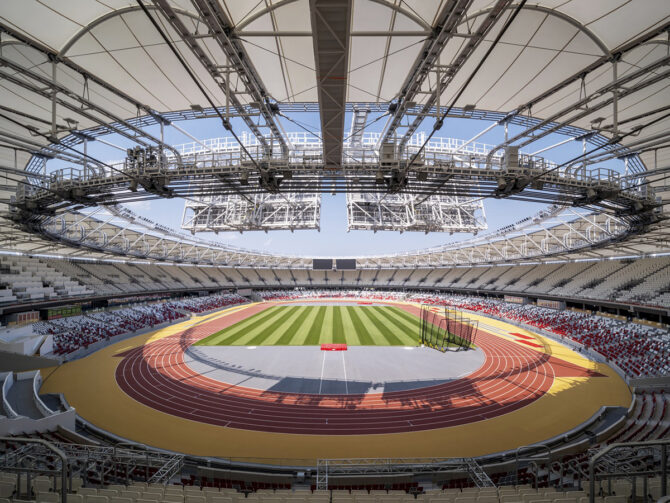
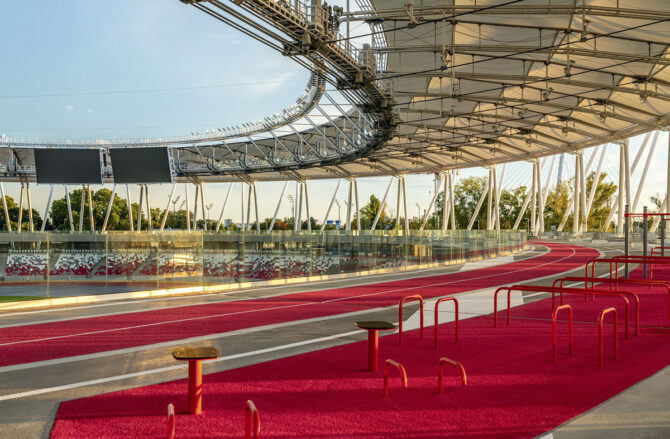
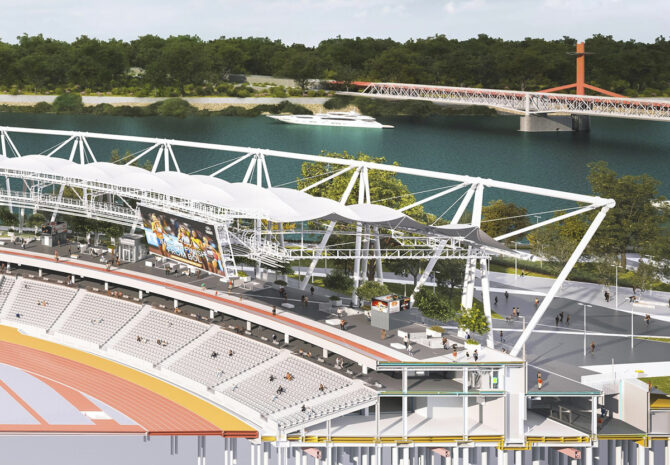
Budapest’s National Athletics Stadium is more than a sports venue—it’s a visionary project set to redefine urban living while honoring sustainability. Designed by NAPUR Architect Kft. and completed in 2024, the stadium stands proudly at the heart of the Budapest South City Gate development. As a beacon of modern architecture and environmental responsibility, it marks the starting point of a bold urban design movement that integrates recreation, eco-conscious infrastructure, and community engagement.
A Sustainable Vision for the Future
The National Athletics Stadium is the cornerstone of the Budapest South City Gate, a long-term urban redevelopment initiative aimed at creating a recreational and eco-friendly neighborhood. With a focus on sustainability, the stadium was designed to become a model of “green” investment. The structure operates on renewable geothermal energy, significantly reducing its carbon footprint, while only the most vital 10% of the interior floor space is heated.
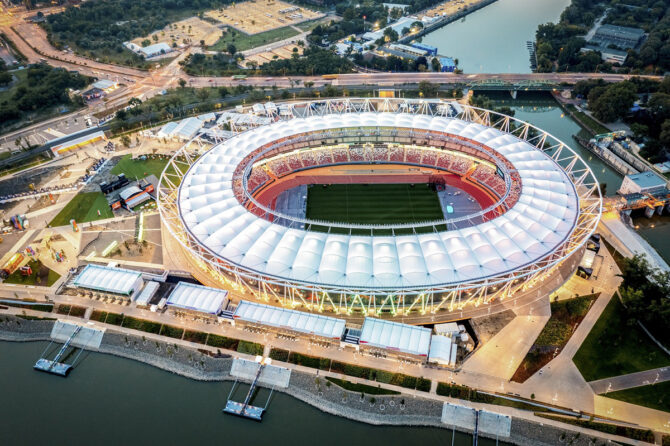
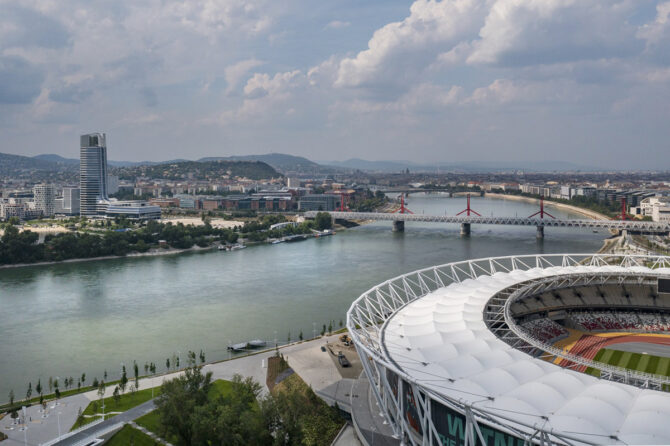
This innovative approach highlights the architects’ commitment to minimizing energy consumption and environmental impact. Unlike many traditional sports venues, which rely heavily on vehicular traffic, the National Athletics Stadium prioritizes public transportation, pedestrian pathways, and cycling infrastructure, fostering a healthier, greener lifestyle for visitors.
Architectural Excellence
The architectural brilliance of the stadium lies in its minimalist yet timeless design, described as an “Antique classic white crown” paying homage to athletics, often called the “queen of sports.” Its unique stretched roof structure—engineered with optimized steel consumption—demonstrates an exceptional balance of functionality and efficiency. By blending modern engineering with sustainable materials, NAPUR Architect Kft. achieved a durable and aesthetically stunning structure that serves as a true landmark.
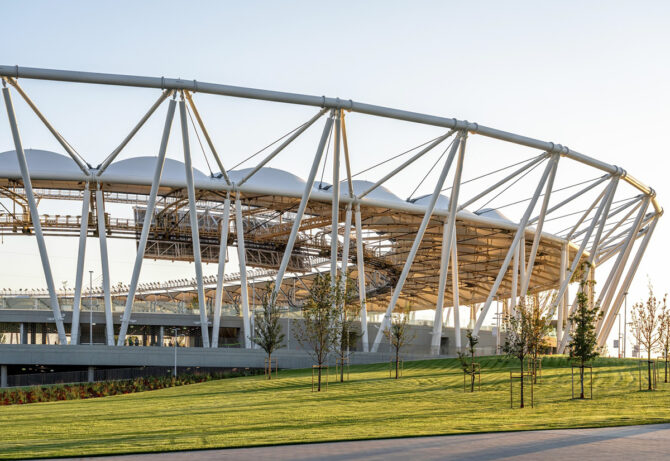
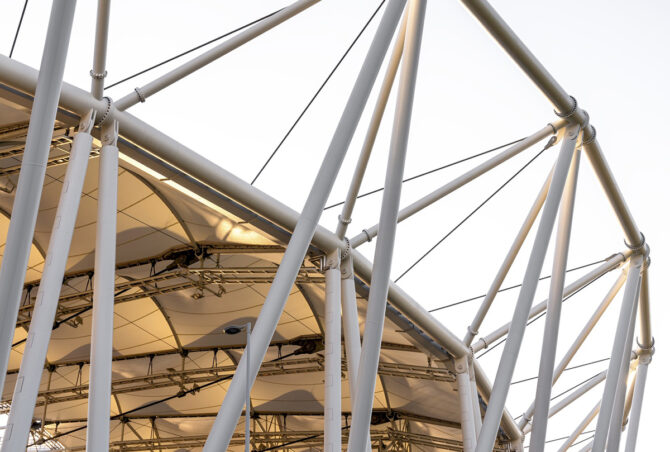
Multipurpose Functionality
While designed for athletics, the stadium’s versatile layout ensures its continuous operation as a multi-purpose event arena. From hosting international competitions to cultural and community gatherings, the venue adds immense value to the city’s social and economic ecosystem. Its integration into the area’s ecological network further cements its role as a space where nature and urban life coexist harmoniously.
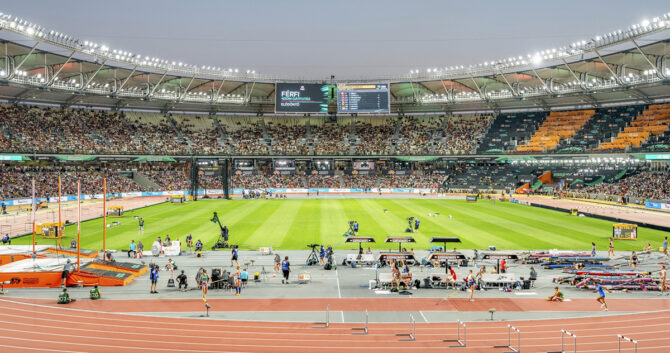

A Model for Urban Development
The National Athletics Stadium isn’t just about sports or design—it’s a bold step toward shaping future urban developments. By prioritizing sustainability and community use, it sets a new standard for eco-conscious architecture and urban planning. Projects like this showcase Budapest’s evolving identity as a city that respects its past while embracing innovation and environmental responsibility.
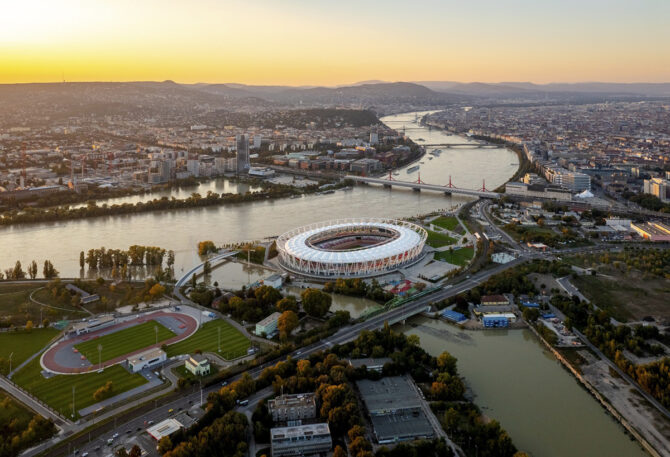
The National Athletics Stadium in Budapest stands as a testament to the city’s commitment to sustainable urban development. Designed to inspire, function, and endure, this “Open Arena” reflects a future where architecture harmonizes with ecological goals. Its innovative design and green initiatives serve as a blueprint for cities worldwide, proving that development and sustainability can go hand in hand.
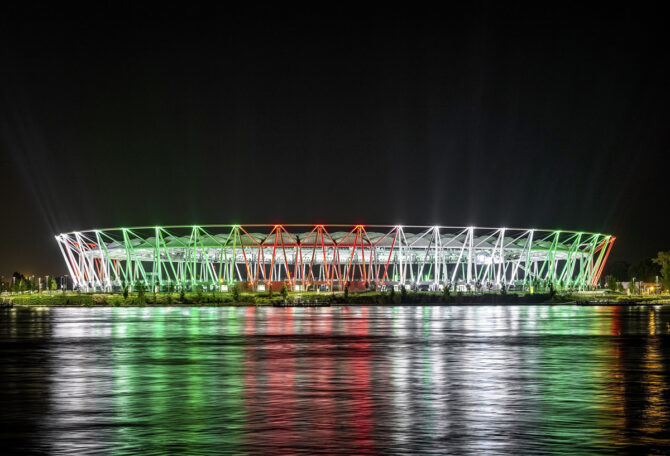
Do you think sustainable urban design projects like this stadium could become the norm in cities worldwide? What steps can other cities take to follow Budapest’s example?
